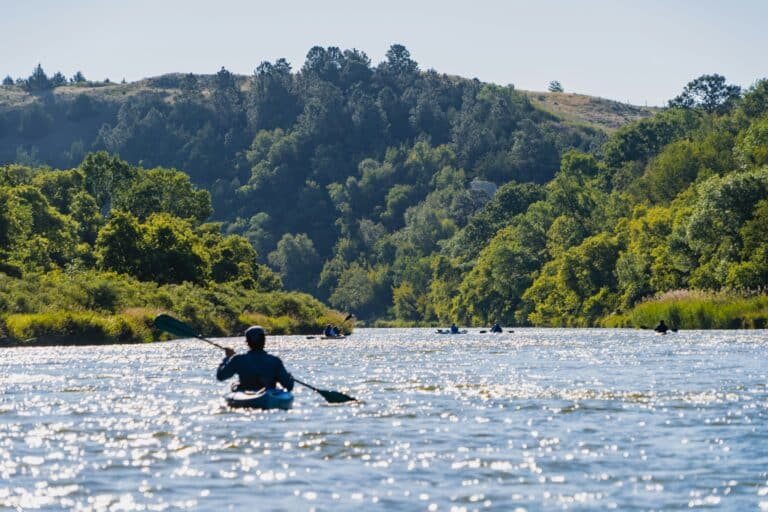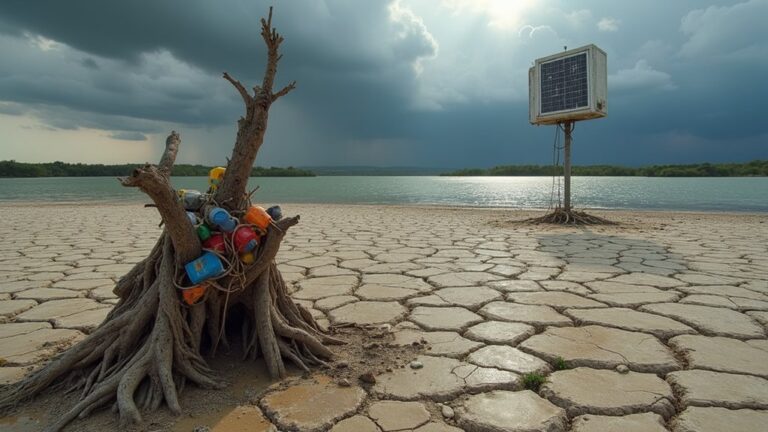Tragic Drownings at Rattlesnake Falls: What Drew Hikers Into the Icy Depths?
Silence hangs over the pristine waters of Rattlesnake Falls. The serene beauty of this remote Sierra Nevada location is now overshadowed by tragedy after three men drowned on June 18, 2025. What started as an adventure for six hikers ended with three never returning home. Valentino Creus, Matthew Schoenecker, both 50 and from Los Angeles, and Matthew Anthony, 44, from New York City. Gone. Just like that.
Nature’s beauty masks its deadliest secrets at Rattlesnake Falls, where three lives ended in an instant beneath tranquil waters.
The falls seem innocent enough. Crystal clear water inviting you in for a rejuvenating dip. But beneath that inviting surface? A deadly trap. Depths reaching 47 feet with currents strong enough to hold grown men under. No cell reception. No immediate help. No chance.
It took three days to recover their bodies. Three days of families waiting, hoping for a miracle that never came. A volunteer diver, Juan Heredia, finally brought closure, free-diving without scuba gear to depths where sunlight barely penetrates. He found two bodies directly under the falls, another nearby. Then hiked for hours just to report his grim discovery.
The question everyone’s asking: how do three experienced hikers drown simultaneously? Witnesses reported that one victim jumped in and did not resurface, prompting the others to attempt a rescue. It’s not like they were rookies who couldn’t tell danger from a day at the beach. These guys knew trails. They knew mountains. They didn’t know what waited beneath those waters.
The geography itself was part of the killer equation. Located 26 miles northwest of Lake Tahoe, the area’s rugged terrain delayed rescue efforts. The Placer County Sheriff’s Office has been leading extensive search operations since the incident occurred. High winds. Debris. Poor visibility. Everything working against finding them.
Those falls create what experts call hydraulic forces – fancy talk for “water that traps you and doesn’t let go.” Add sudden underwater drops and temperatures cold enough to shock your system, and you’ve got a recipe for disaster.





